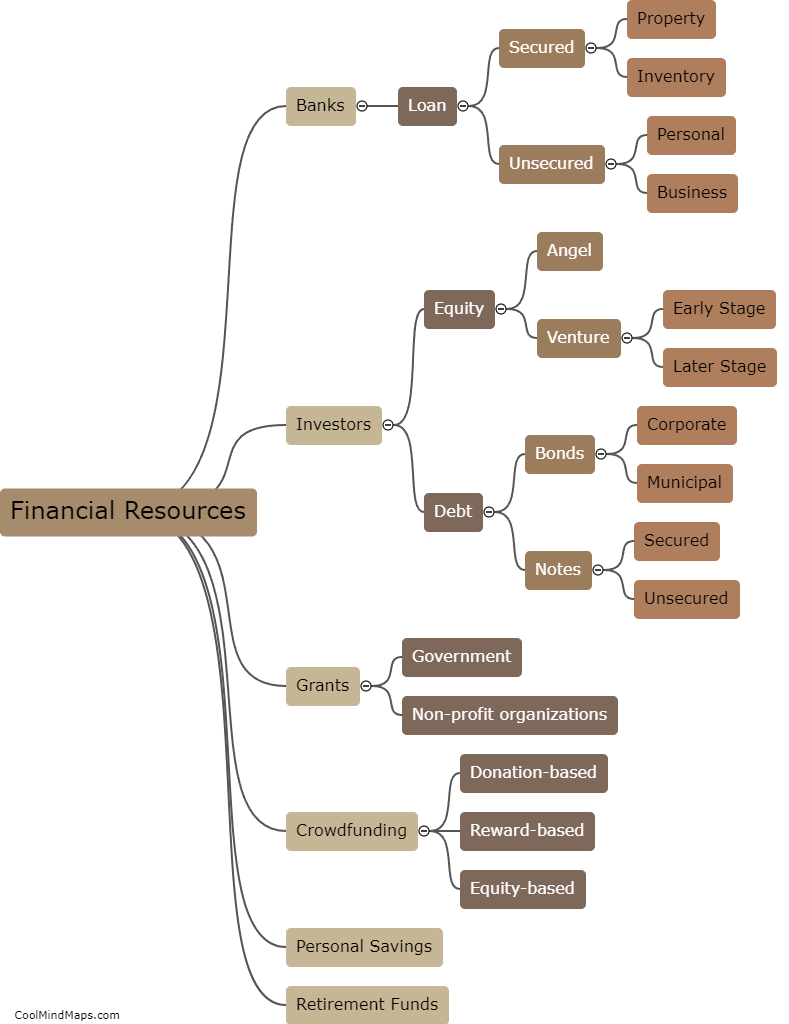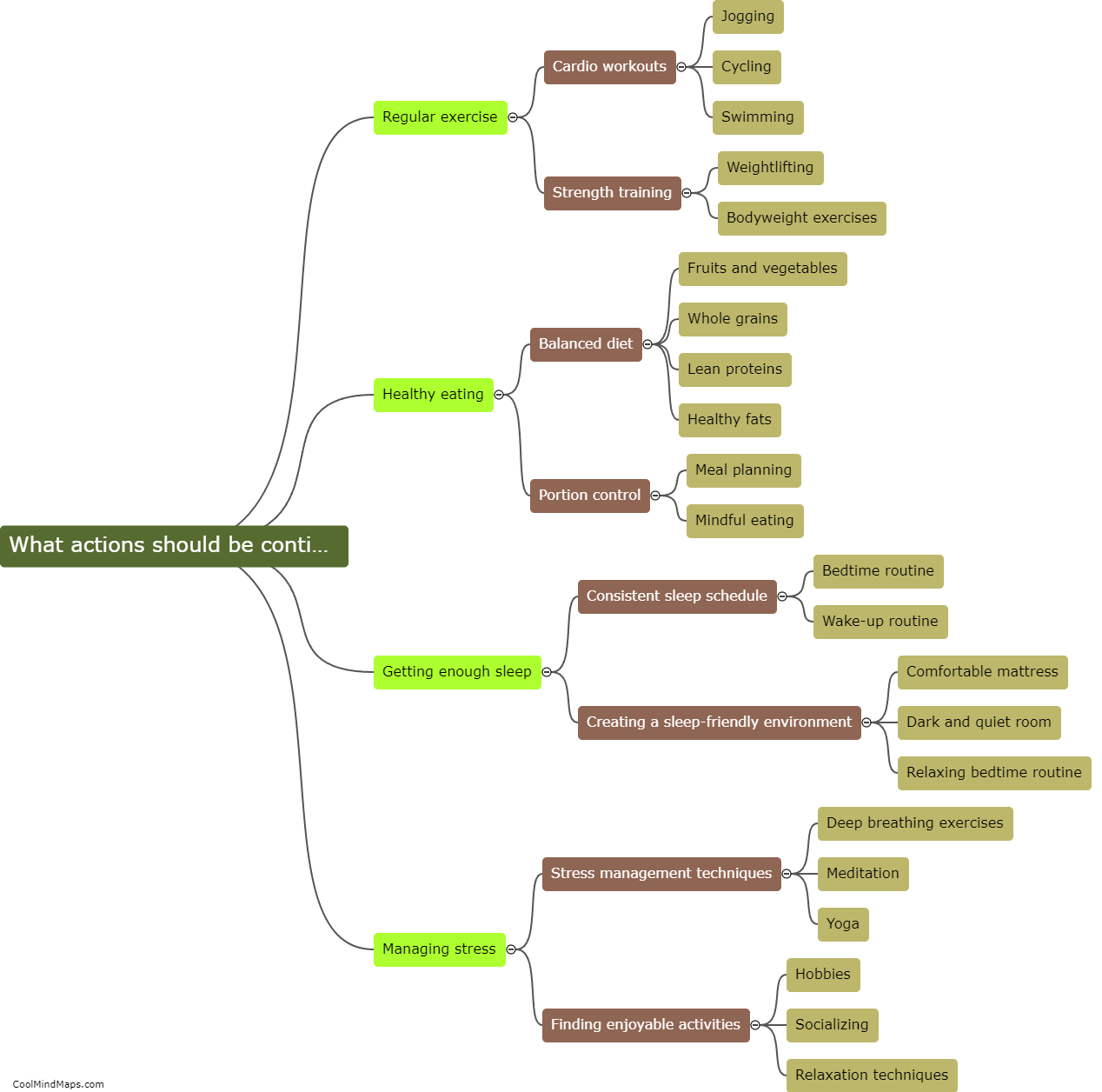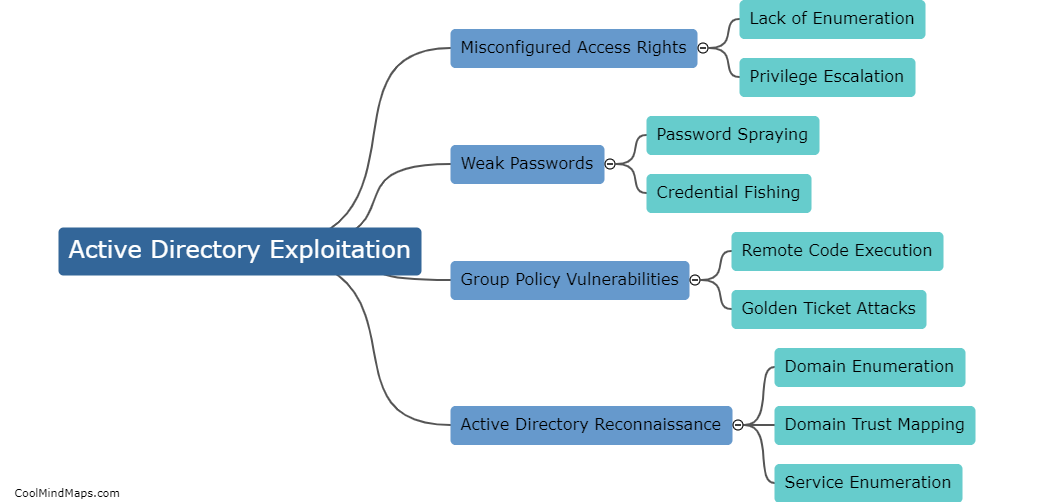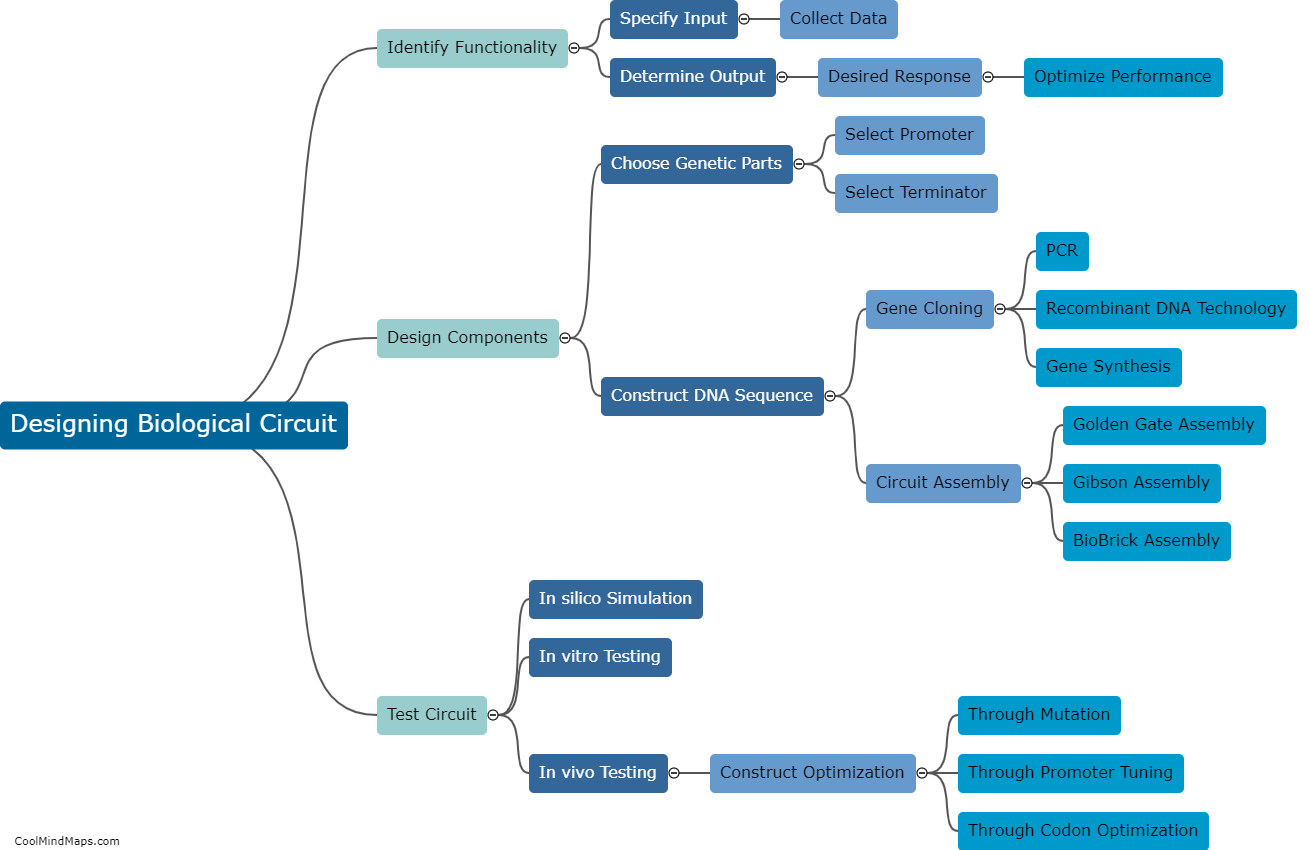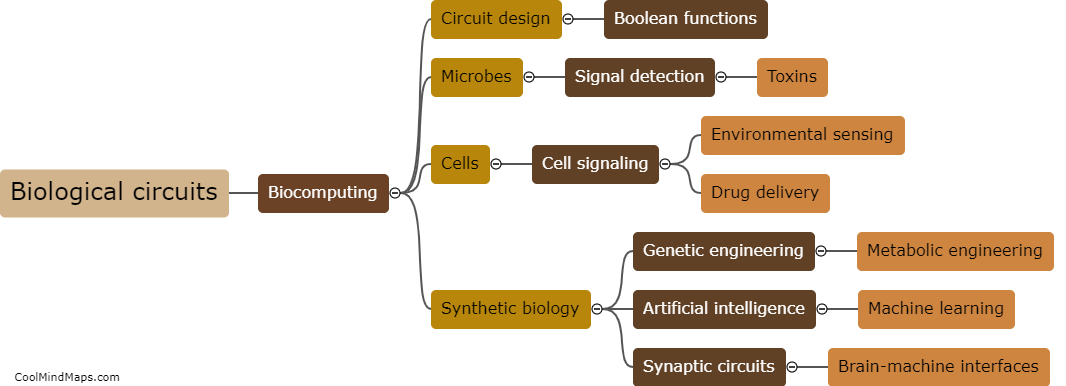How to test a biological circuit?
Testing a biological circuit involves several steps. First, the circuit's design and functionality must be thoroughly understood through simulations and modeling. Next, the circuit must be constructed using standard molecular biology techniques, such as PCR and cloning. Once the circuit has been constructed, it is important to test its function in its intended environment. This can be done by measuring the output of the circuit using methods such as fluorescence microscopy or western blotting. Additionally, the circuit should be tested for robustness and stability, including measuring its response to varying environmental conditions. Ultimately, the validation of a biological circuit requires iterative testing and refinement until its function is fully characterized and optimized for its intended application.
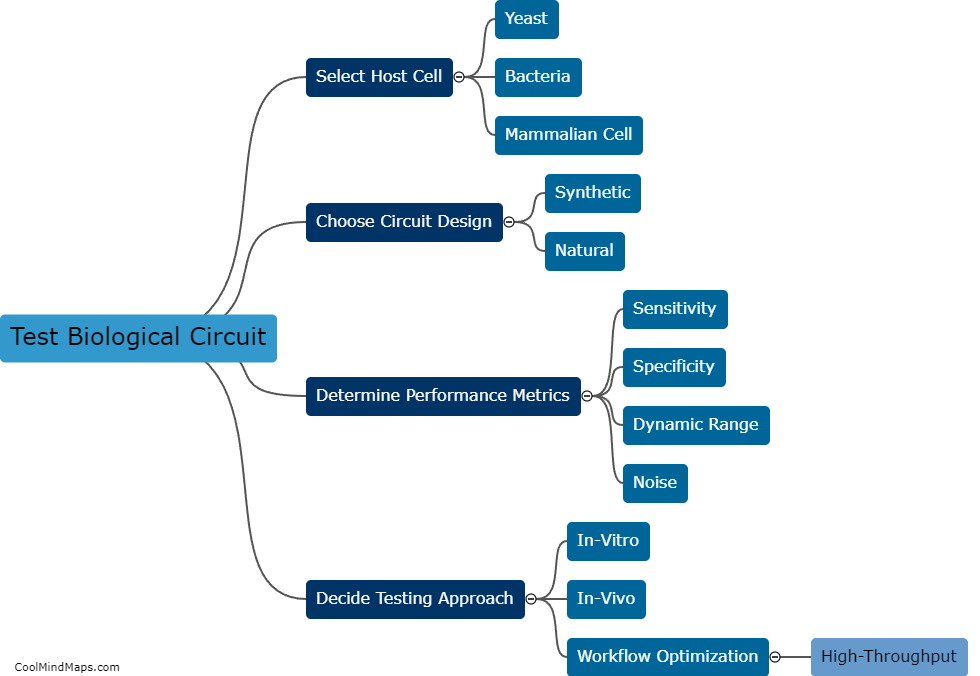
This mind map was published on 25 June 2023 and has been viewed 103 times.


